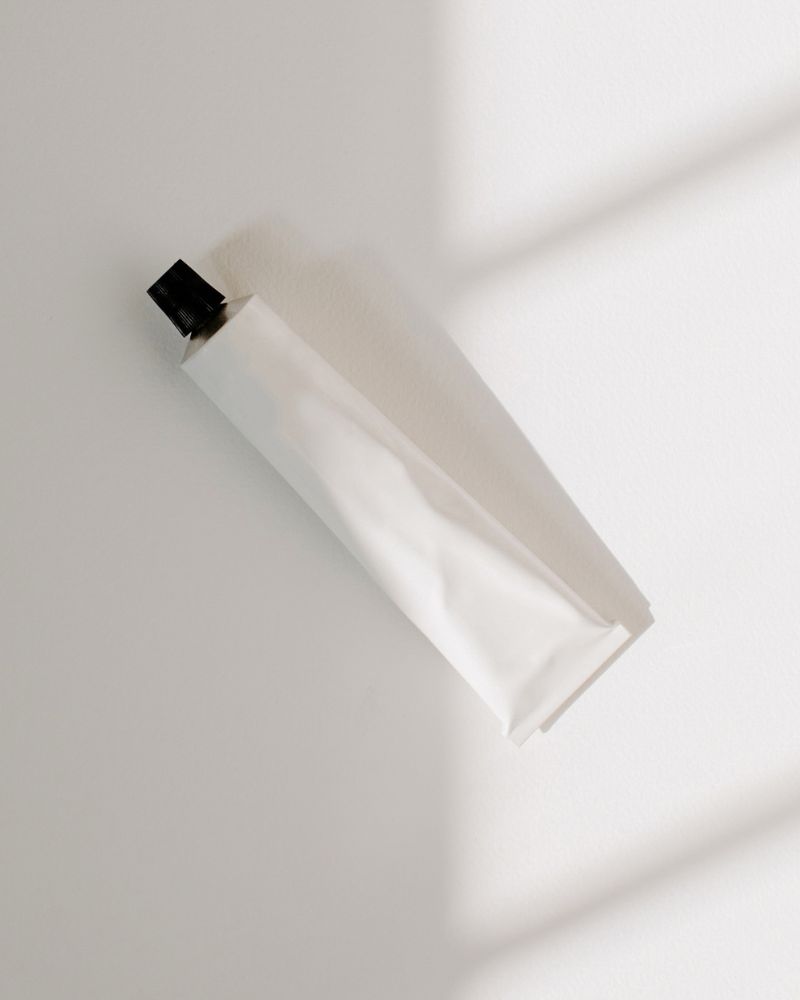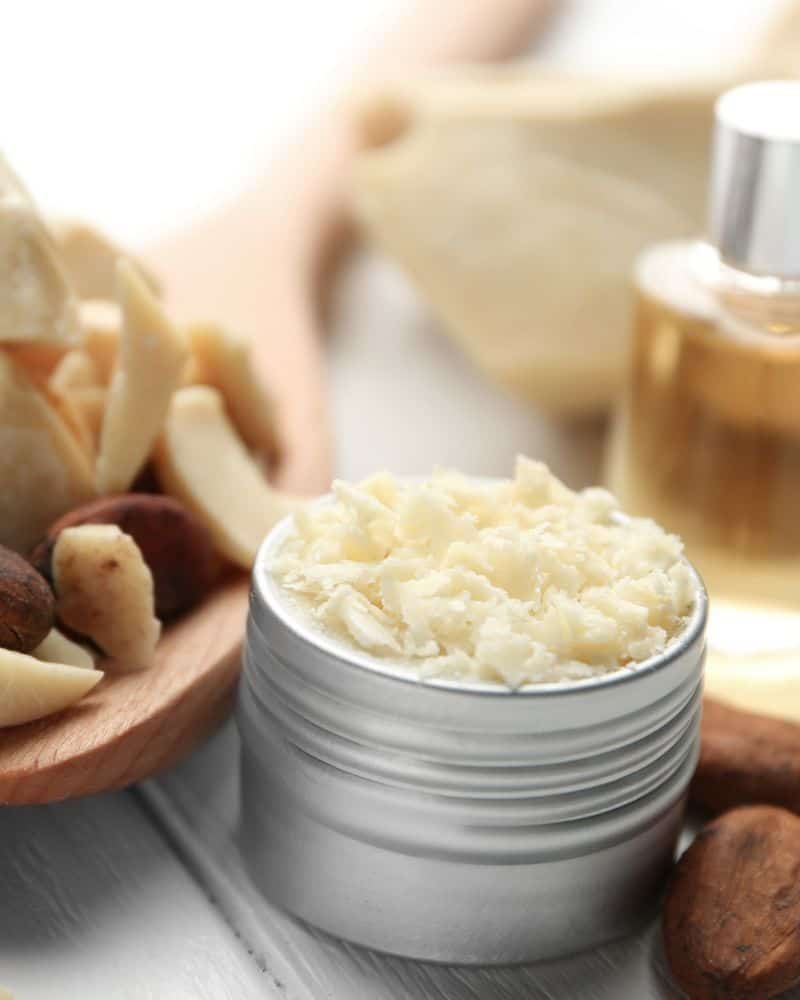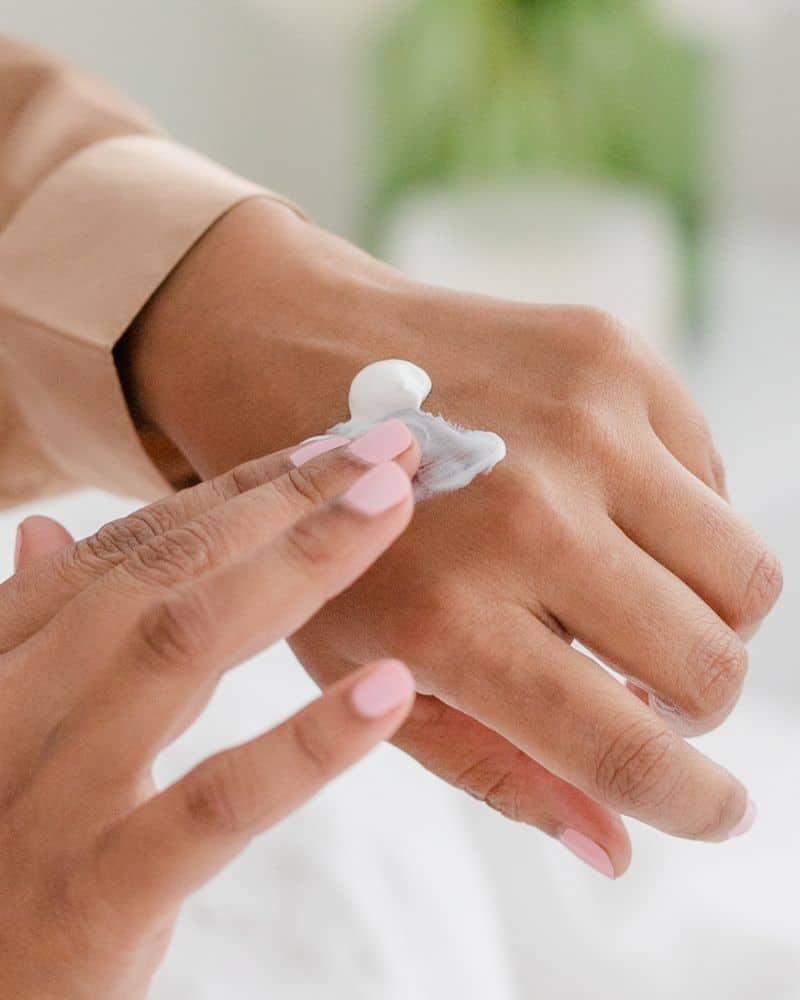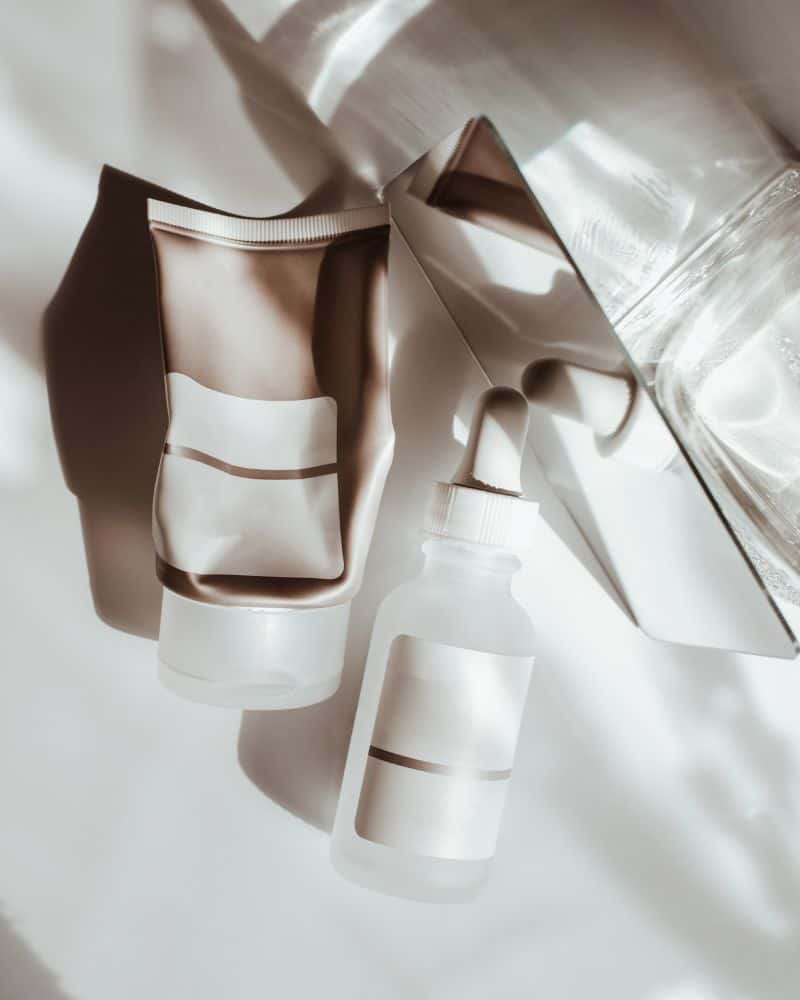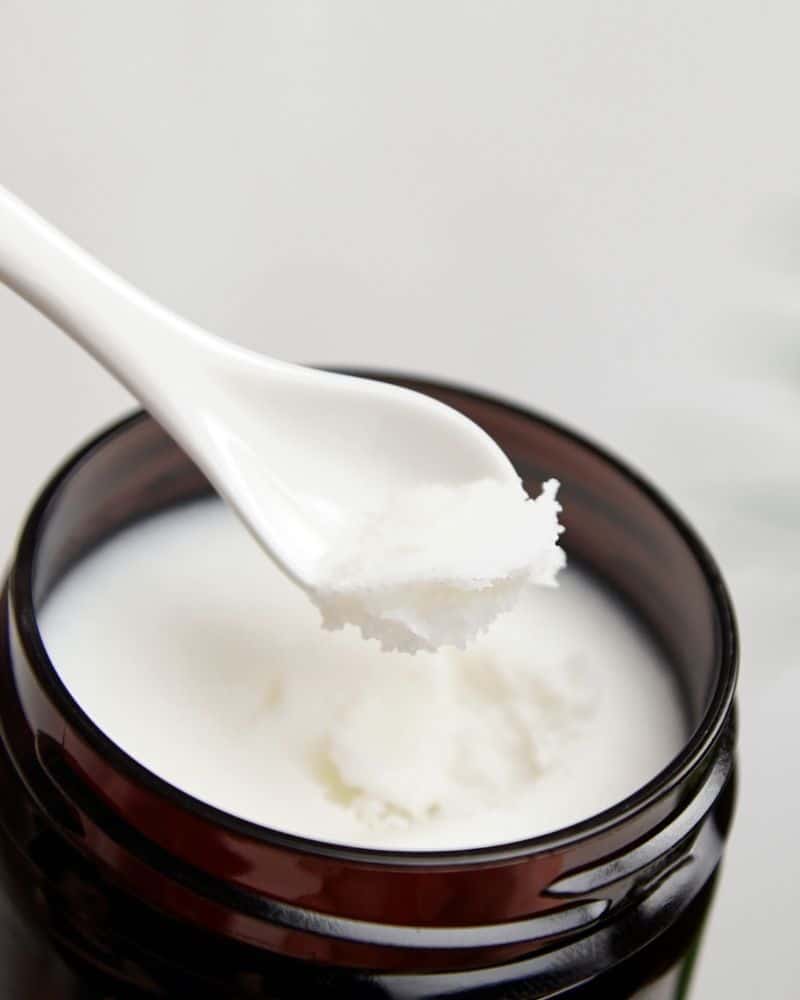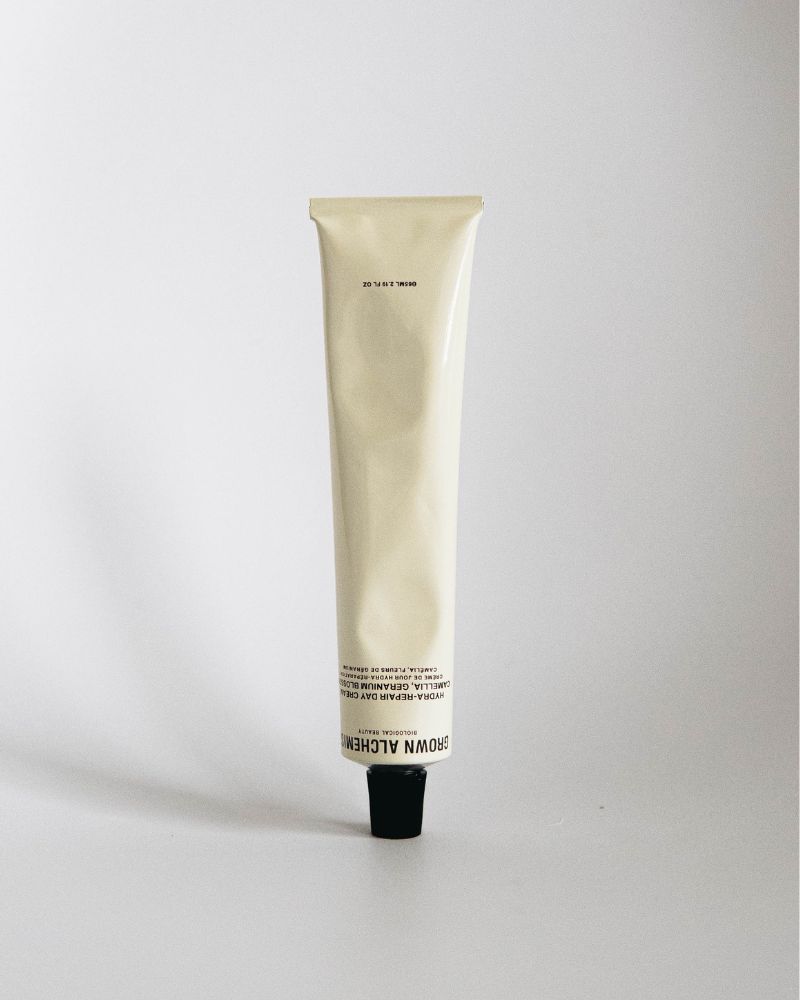Niacinamide Vs Salicylic Acid: What’s The Difference?
This post may contain affiliate links.

Niacinamide and salicylic acid are two of the most popular ingredients in skincare. But what’s the difference between them? And which one is better for you? While they do share some similar properties, they do very different things, so depending on your skin concerns, one may be the better option. Let’s take a look at Niacinamide vs Salicylic Acid and determine which one is best for you.
What Is Salicylic Acid?
Salicylic acid, also known as Beta Hydroxy Acid (BHA) is a type of chemical exfoliant that is usually produced by the Willow Bark plant. It’s an oil-soluble exfoliant, which means it can penetrate through the oil on your pores and on your skin and get down deep to unclog and remove any impurities. Because of this, salicylic acid is often used for acne treatments and is great for oily and acne prone skin types and for individuals with clogged pores, blackheads and sebaceous filaments
BHA works by ‘ungluing’ dead skin cells from each other so they can be easily exfoliated away. Dead skin cells tend to stick to each other and getting them loosened can be tricky if you don’t use the right products.
Salicylic acid can help to remove dead skin cells as well as unclog pores, reduce blackheads, balance oil production and minimize pores. Since it can travel deep into the pore and clean it out, BHA’s can target acne in ways that glycolic acid or other AHA’s can’t.
Some key properties of salicylic acid include:
- Anti-bacterial – BHA’s can kill the bacteria responsible for causing acne which can treat and prevent acne
- Anti-inflammatory – can help to reduce swelling and redness associated with pimples, especially inflammatory lesions like pustles or cysts
- Oil-soluble – can cut through the oil on your skin to exfoliate deeper into the pore instead of only exfoliating the surface like AHA’s do
Related post: Can You Use Salicylic Acid And Hyaluronic Acid Together?
Benefits Of Salicylic Acid
Related post: Can BHA Cause Purging
Who Should Use Salicylic Acid
All skin types can use salicylic acid, but it’s best for those with combination, oily and acne-prone skin types.
If you struggle with any kind of acne – clogged pores, blackheads, pustules or papules, BHA’s are a great treatment for you.
What Is Niacinamide?
Niacinamide is a form of Vitamin B3 that offers a ton of benefits for the skin. It’s become one of the most popular skincare ingredients in the last few years because it can truly do it all. It’s often found in many different skincare products from cleansers to moisturizers.
Niacinamide is known for its ability to brighten skin tone, improve the appearance of enlarged pores and even out skin texture. Along with a long list of other benefits (which we’ll get into later), Niacinamide can be used by all skin types which makes it a great, versatile ingredient.
Benefits of Niacinamide
Niacinamide offers a ton of different benefits for the skin and can be used no matter what your skin type or skin concerns.
Who Should Use Niacinamide
Anyone can benefit from using niacinamide and it’s a great ingredient for all skin types. It’s especially beneficial for those with dry, sensitive and mature skin types as well as those struggling with pigmentation or wrinkles.
Niacinamide is also safe for those who struggle with blemishes, blackheads or whiteheads (or really any type of acne!).
It has a wide variety of skin benefits so it can help keep your skin barrier healthy and strong or treat oily skin, fine lines and wrinkles.
Although Niacinamide can be used by all skin types, some people may experience irritation or flushing when using niacinamide. This is usually due to using a high concentration or using it with actives (which can cause a flushing).
If you are new to niacinamide or have sensitive/reactive skin, try a low concentration first to see how your skin tolerates it.
Niacinamide Vs Salicylic Acid Similarities

Both niacinamide and salicylic acid are great options for those with oily and acne-prone skin. They can both help to regulate oil production and keep the skin from overproducing oil. They can also both help to minimize the look of large pores.
Both also have anti-inflammatory properties which can help soothe any irritation and also reduce redness and swelling associated with pimples.
Niacinamide Vs Salicylic Acid Differences
While it may seem that niacinamide and salicylic acid may seem pretty similar in terms of what they do, there are quite a few big differences in these two ingredients.
For example, niacinamide has many properties that make it a great ingredient for general skin health. It can help to keep skin hydrated and strengthen the skin barrier. Salicylic acid does not have these properties.
Another big difference is that salicylic acid helps to exfoliate the skin and niacinamide does not have any kind of exfoliating action.
Salicylic acid also does not have any brightening properties and does not really help fade pigmentation or acne scars the way niacinamide can.
Niacinamide
Salicylic Acid
Related Post: Salicylic Acid Vs Lactic Acid
Niacinamide Vs Salicylic Acid: The Battle
Niacinamide Or Salicylic Acid For Acne Scars
Niacinamide will help to fade acne scars and hyperpigmentation. Salicylic acid does exfoliate the skin, but it’s not known for its ability to help treat acne scarring. Niacinamide is a great ingredient to help fade discolorations and pigmentation, so it’s the best option if you’re dealing with scarring.
Niacinamide Or Salicylic Acid For Pores
Both niacinamide and salicylic acid can help to minimize the appearance of pores. Niacinamide works by strengthening the skin barrier, which in turn helps to prevent water-loss that can lead to dry, dehydrated skin – which makes it great for minimizing the look of large pores. Salicylic acid is an exfoliant which unclogs pores and reduces sebum production which can also help to diminish the look of large pores.
Niacinamide Or Salicylic Acid For Blackheads
Since salicylic acid can unclog pores and treat and prevent acne, it will be the best option for getting rid of blackheads. It can help to unclog the pores and get rid of any blackheads, but it can also help to prevent blackheads from forming.
Niacinamide Vs Salicylic Acid For Oily Skin
Both! Because salicylic acid can directly affect the sebocytes (which are the cells that produce sebum/oil) it can have a huge impact on how oily your skin gets. Niacinamide has also been show to help control and balance oil production. They are both wonderful ingredients for those with oily skin and you can’t go wrong with either one. But if you want maximum oil control, try adding both into your routine.
Related Post: What’s The Difference Between Azelaic Acid And Salicylic Acid?
Niacinamide Vs Salicylic Acid FAQs

Can You Mix Niacinamide And Salicylic?
Niacinamide and salicylic acid can be used together and the two make a great combo. However, when using them together, you’ll need to apply the BHA first, wait at least 30 minutes and then apply your niacinamide.
Related post: can you mix niacinamide with tretinoin?
Is Niacinamide Or Salicylic Acid Better For Acne?
Salicylic acid is best for treating and preventing acne. It’s commonly used in OTC products as well as prescriptions for acne treatments. It can help to unclog pores, reduce oil production and kill acne causing bacteria. Niacinamide does have some anti-acne properties, so it can be a great ingredient to add into your routine, but salicylic acid is the better option here.
How To Use Niacinamide and Salicylic Acid
Both ingredients can easily be incorporated into your routine. Depending what products you are using and if you are using both ingredients, how you use them will slightly differ.
If you are only using a salicylic acid product such as a BHA serum or toner, you want to apply that first before any other products. Be sure to cleanse your skin like normal and follow with your toner or salicylic acid serum. Then you can follow with the rest of your routine like normal.
If you are using a niacinamide product, you can follow the thinnest to thickest rule. So if it’s a niacinamide serum, you can apply it after your toner but before moisturizer.
If you are using both and needing to layer niacinamide with salicylic acid, you will want to apply your salicylic acid first, wait at least 30 minutes and then apply the niacinamide product on top. See the link below for more information about using them together.
Related Post: Can You Use Salicylic And With Niacinamide?
Niacinamide Vs Salicylic Acid: Wrap Up
Niacinamide and salicylic acid are both great ingredients for treating acne and have a variety of other benefits as well. Salicylic acid is the better option for treating acne, while niacinamide is great for fading scarring and hyperpigmentation. They can both be used together and create a brightening, acne-fighting duo.
Related post: Azelaic Acid And Niacinamide: Can They Be Used Together?
